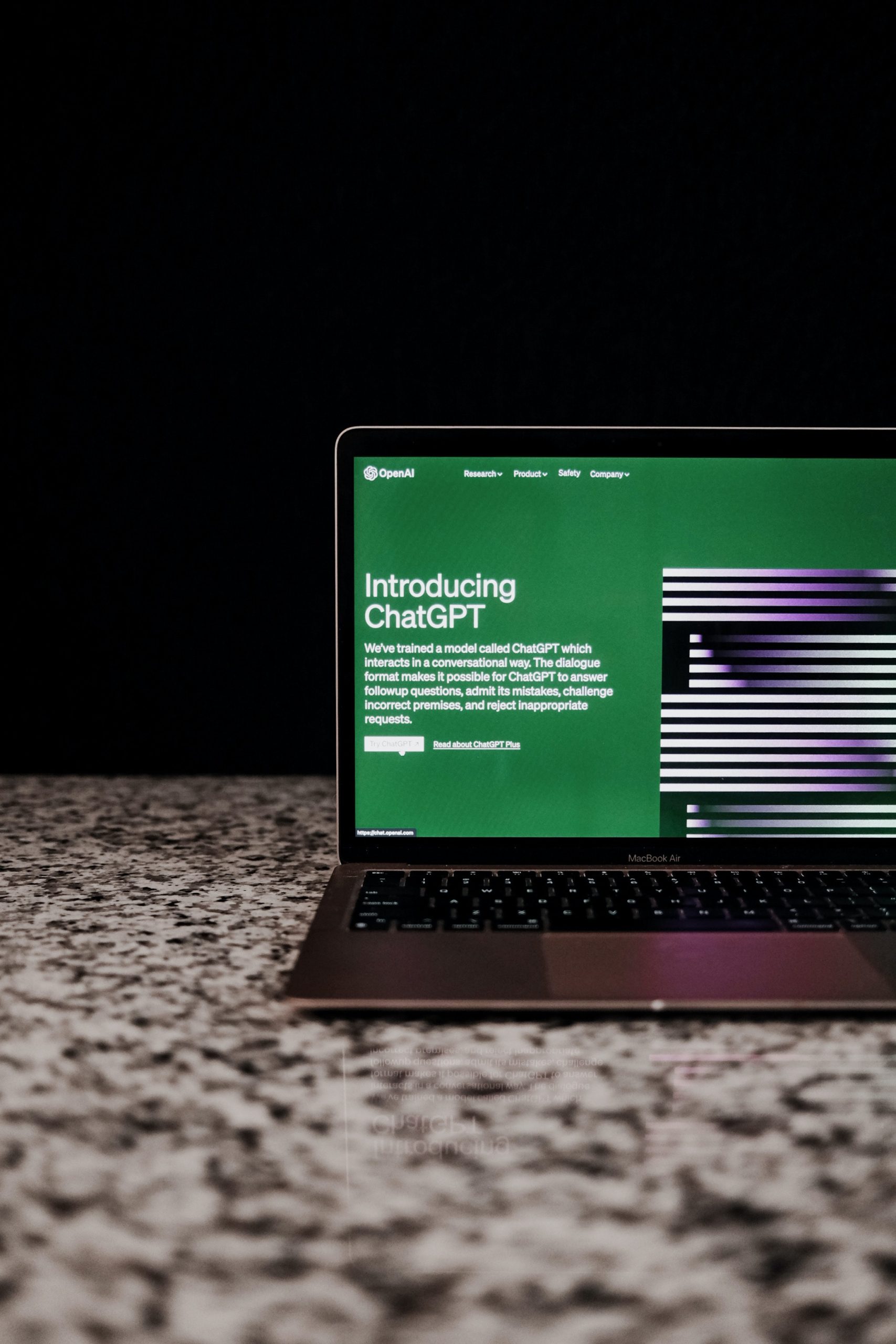In an era driven by technology, the integration of artificial intelligence (AI) into various aspects of education has opened up a realm of possibilities. One such application is ChatGPT, a sophisticated language model developed by OpenAI. While it has proven invaluable in aiding with writing tasks, a pertinent question arises: Can ChatGPT be detected by plagiarism-checking tools like Turnitin? In this article, we explore the intricate relationship between ChatGPT and plagiarism detection.
The Nature of ChatGPT
Before delving into the plagiarism detection aspect, it’s essential to understand the nature of ChatGPT. It is a language model that generates text based on the input it receives. Unlike conventional search engines, ChatGPT doesn’t retrieve information from the internet; rather, it synthesizes responses based on patterns and information it has learned from its training data.
Turnitin and Its Functionality
Turnitin is a widely used plagiarism-checking tool that scans submitted documents against a vast database of academic content, including essays, articles, and other written material. It employs advanced algorithms to identify similarities between the submitted work and existing content, flagging potential instances of plagiarism.
The Challenge of Detecting ChatGPT
Unlike traditional plagiarism, detecting content generated by ChatGPT poses a unique challenge. Since ChatGPT doesn’t directly draw from existing sources, it doesn’t leave behind the conventional digital footprints that Turnitin typically identifies. This is because the responses generated by ChatGPT are entirely novel and aren’t directly sourced from pre-existing material.
Identifying Content Generated by ChatGPT
While Turnitin may not have a specific algorithm designed to detect ChatGPT, educators and institutions can implement strategies to identify content produced by AI models like ChatGPT:
1. Familiarity with AI-Generated Text:
Educators and academic institutions should stay informed about the capabilities of AI models like ChatGPT. This awareness allows them to recognize text that may be generated by such systems.
2. Unique Characteristics:
AI-generated content often exhibits certain distinct characteristics. These may include an exceptionally high level of coherence, complex sentence structures, and an absence of typical human errors. Educators can develop an understanding of these traits to help them identify AI-generated text.
3. Direct Inquiries:
When suspicions arise about the authenticity of a piece of work, educators can engage with students in discussions about the content. Asking questions about the material and evaluating their responses can provide insights into whether the content was likely generated by an AI model.
4. Educating Students:
Educators can also play a proactive role in educating students about the responsible use of AI tools for academic purposes. This includes explaining the implications of using AI-generated content and the importance of originality in academic work.
The Ethical Dimension
As the use of AI in education continues to evolve, it is essential to consider the ethical implications surrounding its integration. While ChatGPT and similar models serve as valuable tools for learning and creativity, they also require a responsible approach. Educators and institutions must establish clear guidelines regarding the use of AI-generated content, emphasizing the importance of originality and proper citation practices.
The intersection of AI technology and education presents a dynamic landscape, offering both opportunities and challenges. While Turnitin may not be specifically designed to detect content generated by ChatGPT, educators can rely on their expertise and familiarity with AI-generated text to identify potential instances of its use.
Ultimately, striking a balance between embracing technological advancements and upholding academic integrity is paramount. By fostering a culture of responsible AI use and providing clear guidelines, educators can navigate this new frontier while ensuring that the values of originality and authentic learning remain at the forefront of education. In doing so, they pave the way for a future where AI and human creativity coexist harmoniously in the realm of academia.



